Information overload and social interaction have reached unprecedented levels. There is a growing trend towards introversion and the need for personal space. This has a significant impact on the design of commercial spaces, encouraging architects and designers to rethink traditional approaches to space organisation.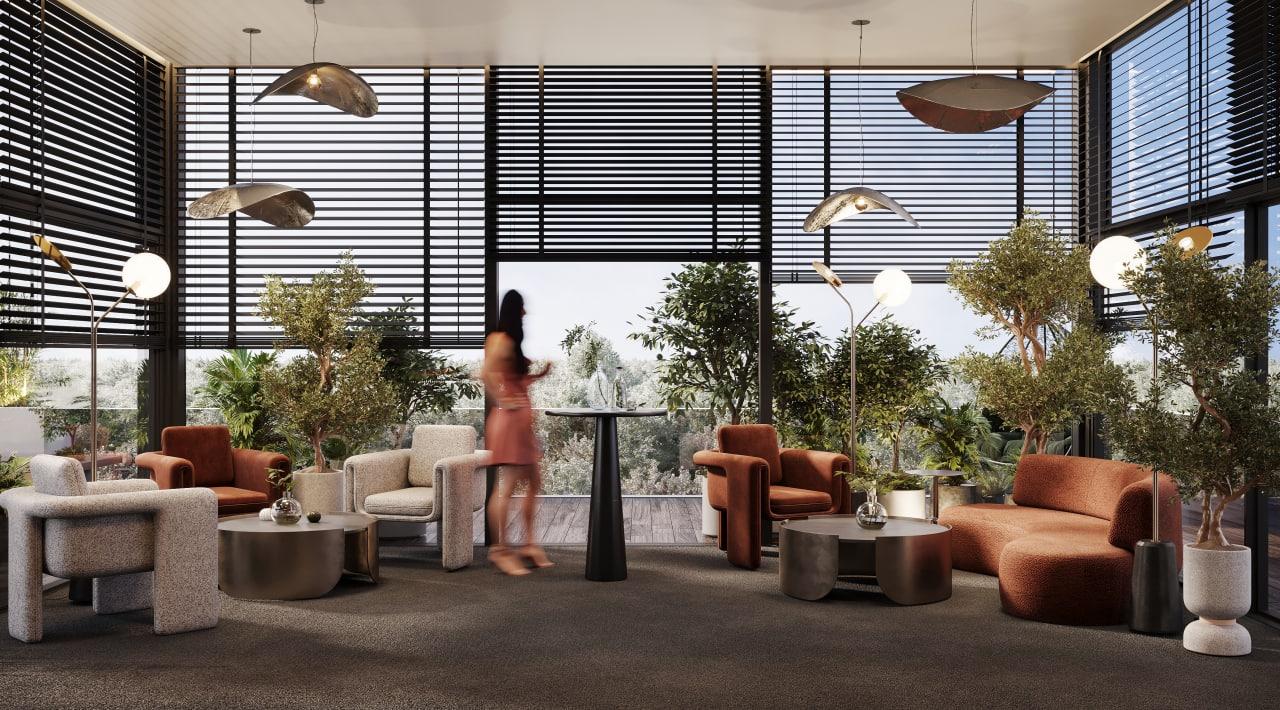
Office. Design by ZIKZAK Architects
Dominant trends in commercial spaces
Traditionally, commercial spaces have been designed with an emphasis on maximising functionality and social interaction. But recent studies in psychology and sociology point to a growing need for 'social detox' - moments of alienation from the constant flow of interaction and information.
This is not about a complete departure from sociality, but about the need to create more flexible spaces that can adapt to the different needs and moods of visitors. Today's consumers are increasingly looking for places where they can feel comfortable and private, even in a crowded place. It is important to create 'oases of calm' within commercial spaces.
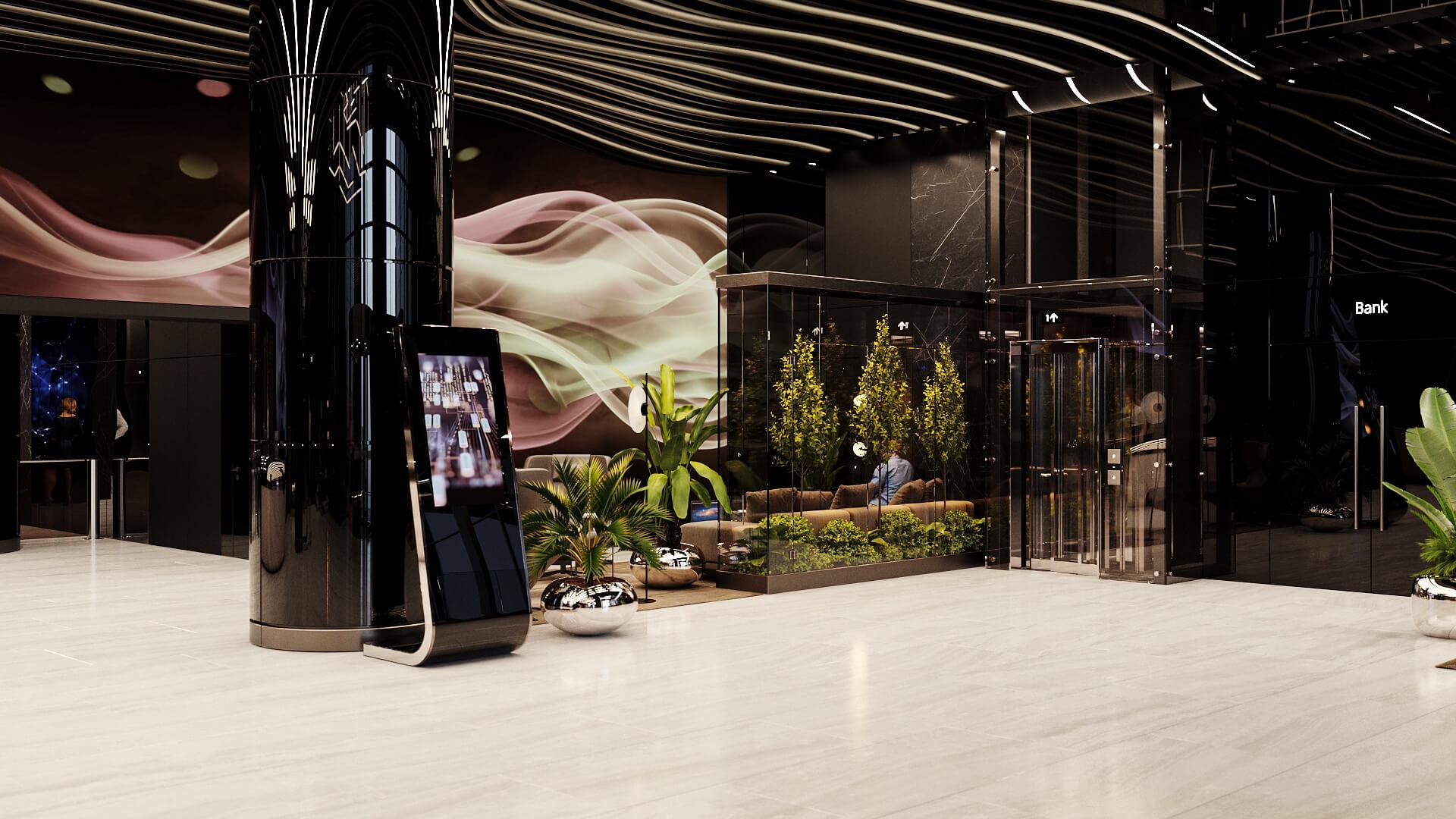
Public space. Design by ZIKZAK Architects
In modern cafés, classic open areas are juxtaposed with cosy alcoves, equipped with comfortable individual chairs and dimmed lighting. These 'islands of tranquillity' allow visitors to enjoy their coffee in an atmosphere of relative privacy, without feeling completely disconnected from their surroundings. This design approach not only meets the need for privacy, but also creates a unique atmosphere that can become the hallmark of an establishment.
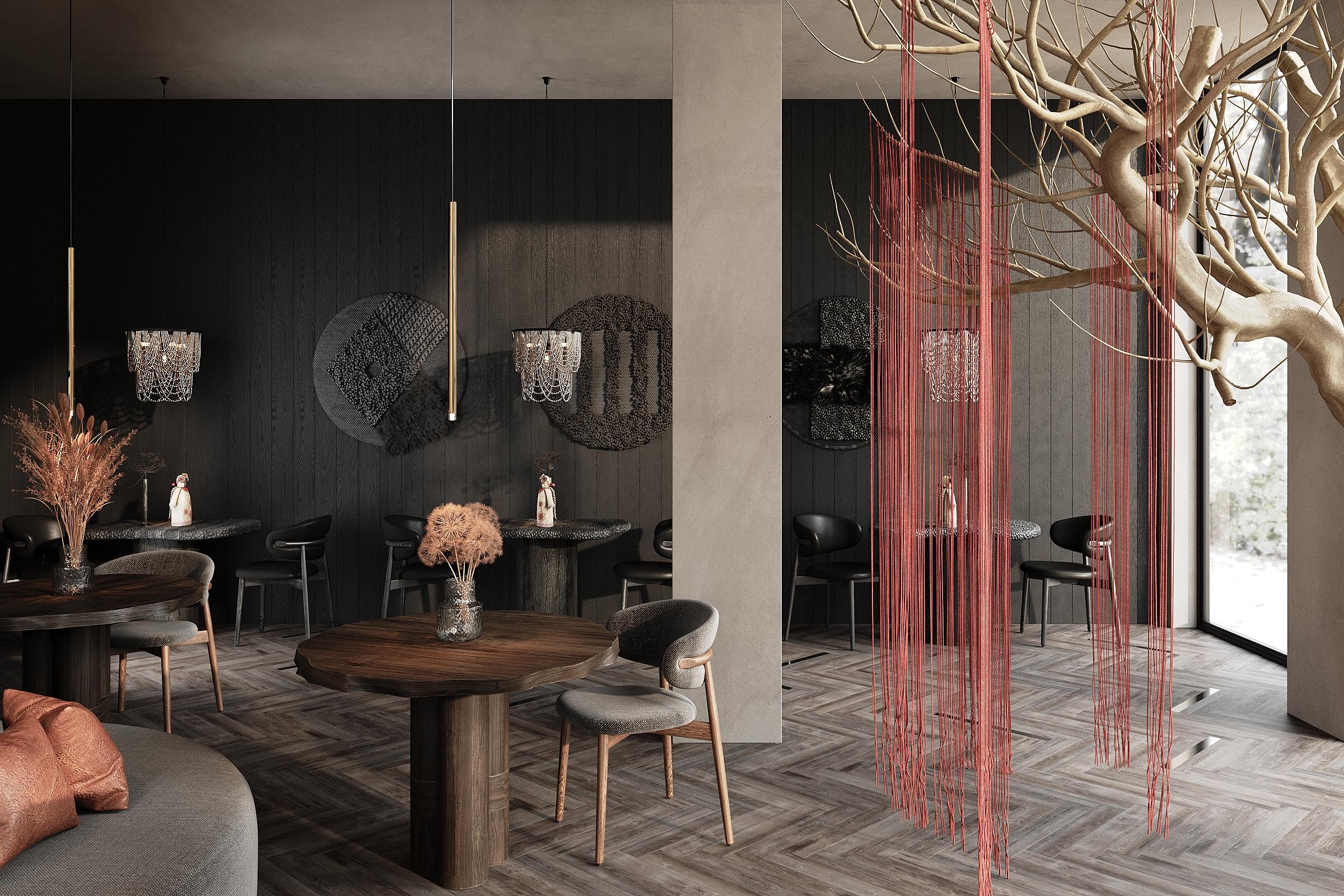
Restaurant. Design by ZIKZAK Architects
Prevailing office trends
In the context of office space, this trend is manifesting itself in a move away from completely open floor plans in favour of more varied environments. Modern offices include a variety of areas, from large conference rooms to small 'thinking rooms' where employees can retreat for concentrated work or short breaks. This not only increases productivity, but also contributes to employees' overall wellbeing by giving them control over their level of social interaction throughout the day.
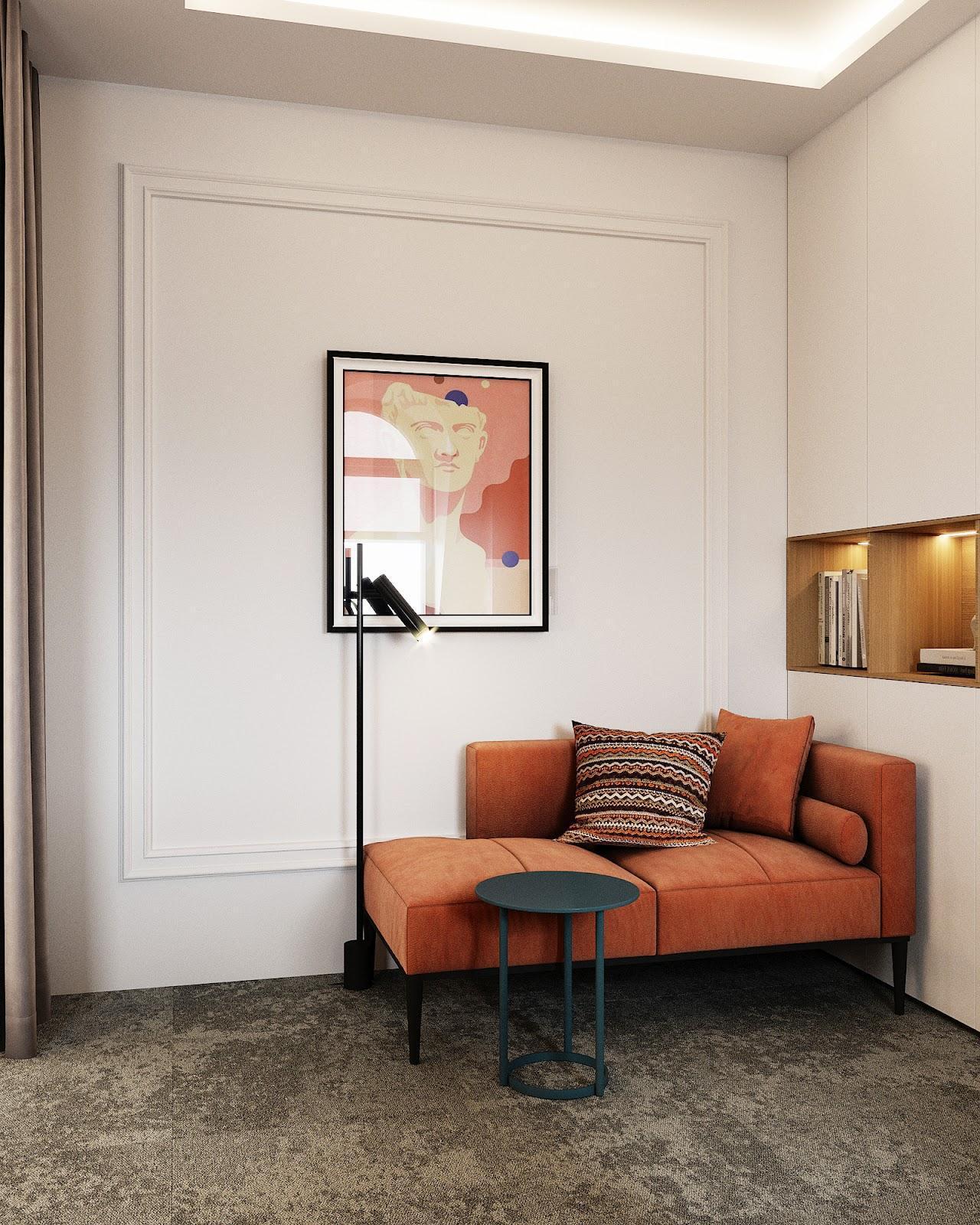
Office. Design by ZIKZAK Architects
Trends in shopping centres
Shopping centres, traditionally places of active social interaction and consumption, are also adapting to the new needs of visitors. Self-service areas with automated ordering systems that minimise the need for verbal communication are becoming popular. Innovative design solutions include the creation of 'oases of calm' - areas with reduced noise levels, soft lighting and comfortable seating. These spaces allow shoppers to pause, rejuvenate and reconsider their purchases. This has a positive impact on the overall experience and consequently on brand loyalty.
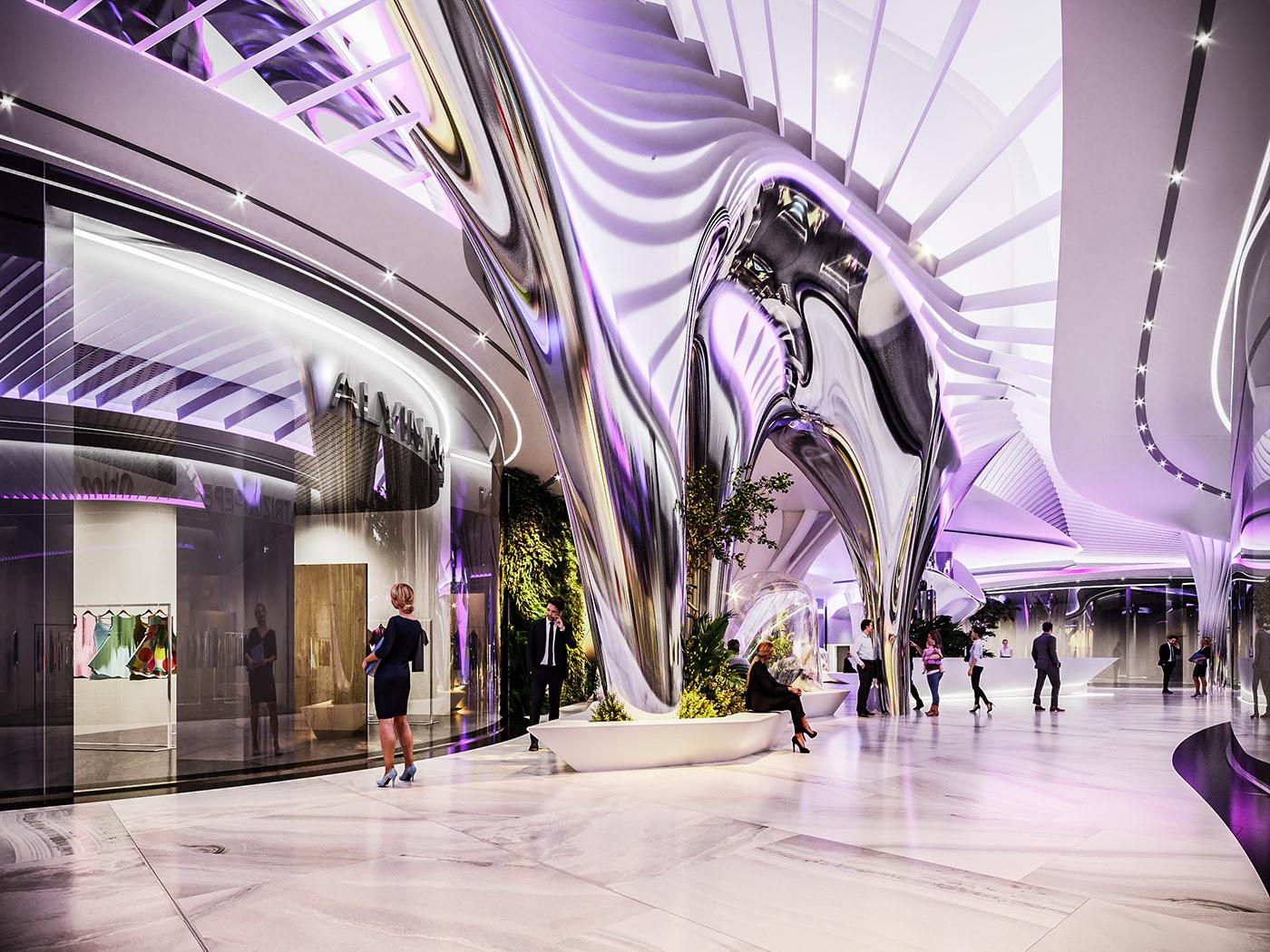
Shopping Centre. Design by ZIKZAK Architects
A key aspect of creating such adaptive spaces is the use of innovative materials and technologies. Acoustic panels that absorb noise, smart glass that can change transparency and modular furniture that can be easily transformed. These are all tools for creating flexible spaces that adapt to the changing needs of users. Colour palettes and lighting also play their part in creating a balance between sociality and privacy. Soft natural tones and materials promote a sense of calm and comfort. Meanwhile, dynamic lighting allows the atmosphere of a space to change throughout the day, adapting to different usage scenarios.
It is important to note that the trend towards more 'introverted' spaces does not mean complete isolation. On the contrary, it is about creating an environment that offers the choice of being at the centre of things or retreating to a quiet place, depending on the mood and needs of the moment. It's about giving people more control over when and how they interact with others. The commercial spaces of the future will be flexible enough to accommodate both introverts and extroverts, creating an environment where everyone can find their own comfortable way of being.
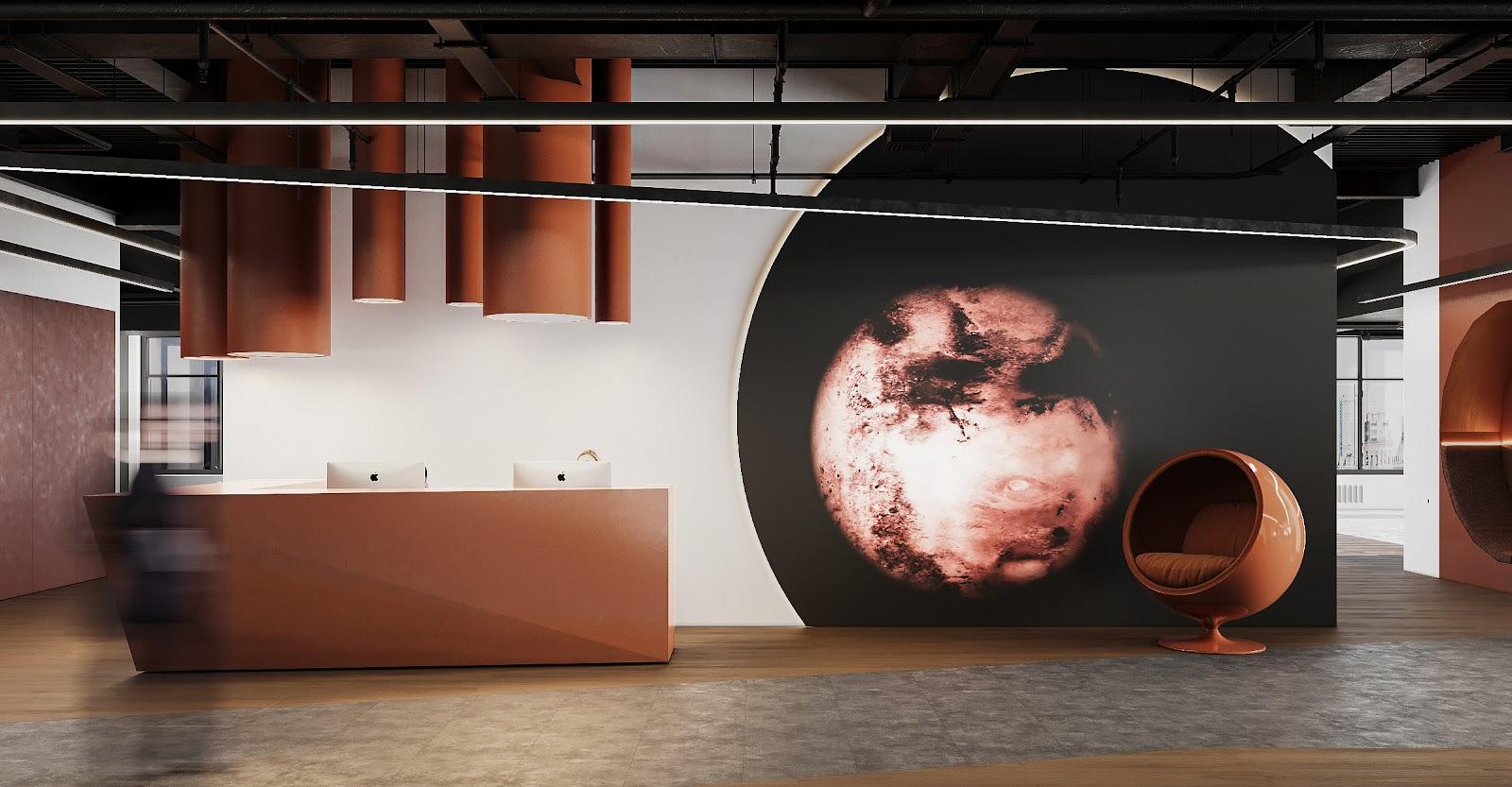
Office. Design by ZIKZAK Architects
How business owners and designers are adapting to new realities
Business owners and designers who embrace this trend will gain a significant competitive advantage. Creating spaces that resonate with the emotional needs of visitors greatly enhances the appeal of a commercial facility, increases customer dwell time and, as a result, positively impacts business performance.
The future of commercial interior design lies in creating a harmonious balance between social interaction and the opportunity for privacy. Spaces that can meet both of these needs will not only meet today's needs, but will also provide a comfortable and inviting environment for a wide range of visitors. In a world where stress and information overload are becoming the norm, such adaptive spaces are true oases where people can rejuvenate while remaining part of social life.
Read also:

